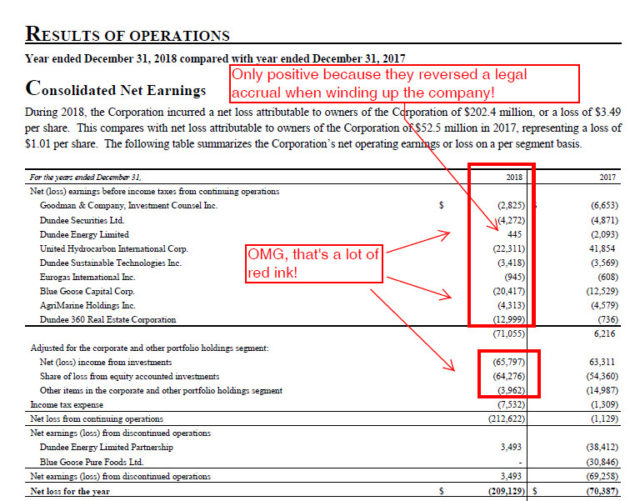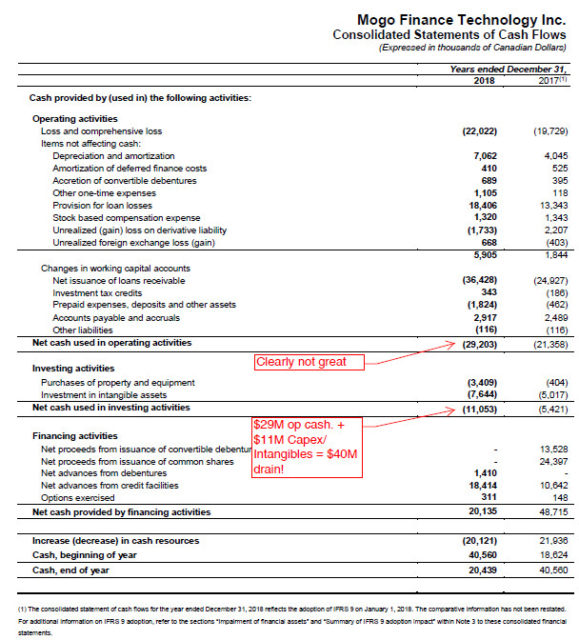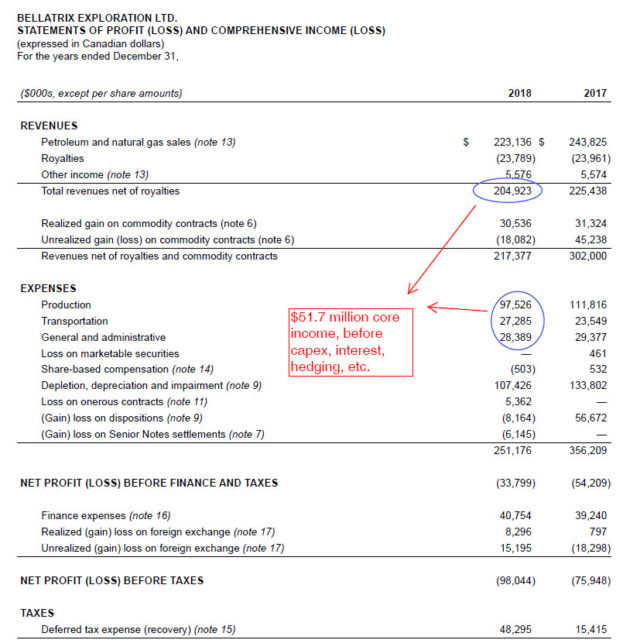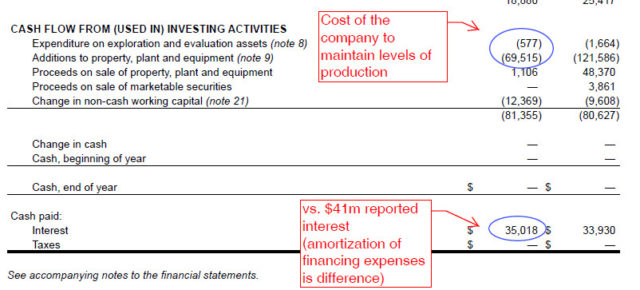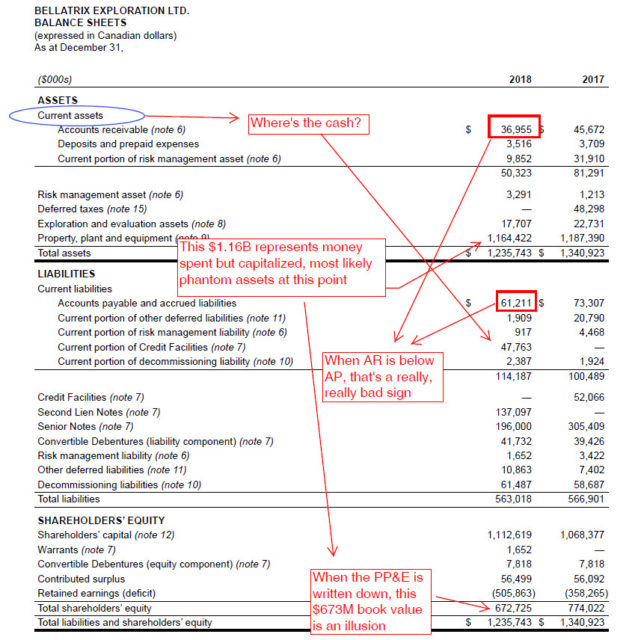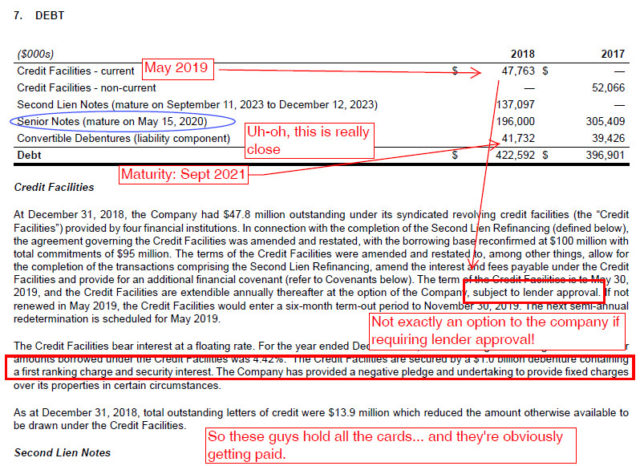Whenever researching companies that have control over other corporations, it is quite important to pay attention to signs of agreements between both entities that are to the benefit of one or another. Today’s example is fairly textbook.
This news release from Dream Asset Management (TSX: DRM) hit my mail feed this morning:
TORONTO, April 23, 2019 (GLOBE NEWSWIRE) — Dream Unlimited Corp. (TSX: DRM) (TSX:DRM.PR.A) (“Dream”) announced today that Dream Asset Management Corporation (“DAM”) has agreed with Dream Hard Asset Alternatives Trust (the “Trust”) and Dream Alternatives Master LP (“Master LP”) that until December 31, 2020 the management fees payable to DAM pursuant to the management agreement of the Trust will be satisfied in units of the Trust (“Units”) valued at the recently reported net asset value per Unit of $8.74 for purposes of determining the number of Units to be issued, subject to the receipt of required regulatory approvals and unitholder approval at the upcoming meeting of unitholders of the Trust to be held on June 17, 2019. DAM has agreed to accept Units in satisfaction of the management fees in order to increase its ownership stake in the Trust and to preserve the business’s cash to support the cash distributions by the Trust while the Trust seeks to increase the market value of the Units by offering to purchase Units. As of the close of business on April 22, 2019, DAM and its joint actors own 13,386,072 Units representing approximately 18.6% of the issued and outstanding Units.
Notably, Dream Unlimited and Dream Hard Asset Alternatives (TSX: DRA.UN) are run by the same management team. When skimming through the financials of DRA, the bulk of their portfolio consists of various real estate ventures ($118 million), equity-accounted for investments in the real estate sector ($133 million), commercial/development lending ($144 million), income properties ($224 million, notably shared with two other related Dream entities), a solar and wind power asset ($130 million), and finally some cash ($47 million). On the liability side, they have $195 million in loans outstanding, most of it ($123 million) mortgage loans.
Book value is $592 million. Trust units outstanding are 72.6 million, so the NAV at the end of December 2018 is $8.15/share. (I know the above release cited a $8.74 NAV – this is reconciled on page 2 of the MD&A but it is not terribly relevant to this post).
The trust reported $8.3 million in operating income, plus another $3.3 million in interest income, for a total of $11.6 million before taxes (note as a non-REIT trust they would pay a tax on income distributions, but since those distributions are mostly return of capital at this point the taxation is entirely within the consolidated portions of their asset portfolio – a great future CPA taxation topic I would be more than happy to write about!). At their stated distribution rate of 40 cents per unit, they would require $29 million a year to pay this.
The summary is that they are holding onto a lot of private assets and while they can likely be liquidated in the medium term (especially the real estate holdings), in the short term they are distributing more cash than they are able to generate without selling such assets. They are not in a desperate situation and have the luxury of time to optimize matters.
Likely due to the controlled ownership situation, coupled with the illiquidity of their underlying portfolio, they are trading at a discount. Before today’s announcement they were trading at $7.20/unit, so they were about 11% under the GAAP book value, and around 18% using management’s revised NAV estimate.
At the same day, DRA announced:
As part of its strategic plan announced on February 20, 2019 to enhance unitholder value, management and the Board confirm that the units of the Trust are an attractive investment opportunity and are committed to deploy up to $100 million towards its unit buyback program (representing just under 20% of current market capitalization). Providing further clarity on the execution and timing of the unit buyback program, the Trust now intends to make three offers to unitholders in accordance with applicable securities laws, the first of which is expected to be made on or about July 15, 2019 for approximately 4 million units at an offer price of $8.00 per unit and two subsequent offers will be made in 2020 for $30 to $35 million of units at prices of at least $8.25 and $8.50, respectively, for a total buyback of $100 million of units prior to the end of 2020. These buybacks compare to the closing price of the units on the TSX of $7.17, as of April 18, 2019. The exact number of units that the Trust offers to purchase and the timing of such purchases will be determined by the Trust at the time of launching such offers subject to the receipt of the expected proceeds from capital recycling and the trustees’ obligation to act in the best interests of unitholders. The Trust has been advised that Dream Asset Management Corporation, the Trust’s asset manager and an 18.6% unitholder does not intend to tender any units to such offers.
In this release is a non-binding promise to initiate a partial tender at prices above current market value.
DRM’s entitlement in 2018 was $13.6 million. By opting to receive units at $8.74 compared to today’s market value (currently $7.70/unit), assuming prices, the management fee, and NAV remains constant, DRM has opted to graciously donate about $1.6 million to the unitholders of DRA. While this is not a gigantic amount of capital in relation to the sizes of the entity, it does give a hint as to where management is prioritizing the reception of its capital allocation.
This is another example of how a related party transaction is a red-flag show stopper with regards to an equity investment prospect. Dream Unlimited is relatively cheap in theory, but to invest in it you have to completely in for the ride with regards to the whims of management (the control character is Michael Cooper). This has not prevented me in the past, however, from investing in what used to be the best and nearly risk-free 7% eligible dividend in the form of (TSX: DRM.PR.A), but sadly the market has gotten smart about it and management should be calling it when they wish to realize the quickest 9.2% pre-tax use of capital.
Hat tip to Tyler on Twitter for this one. I had intended to write about this when it hit my inbox, but I saw that he wrote about it first.
